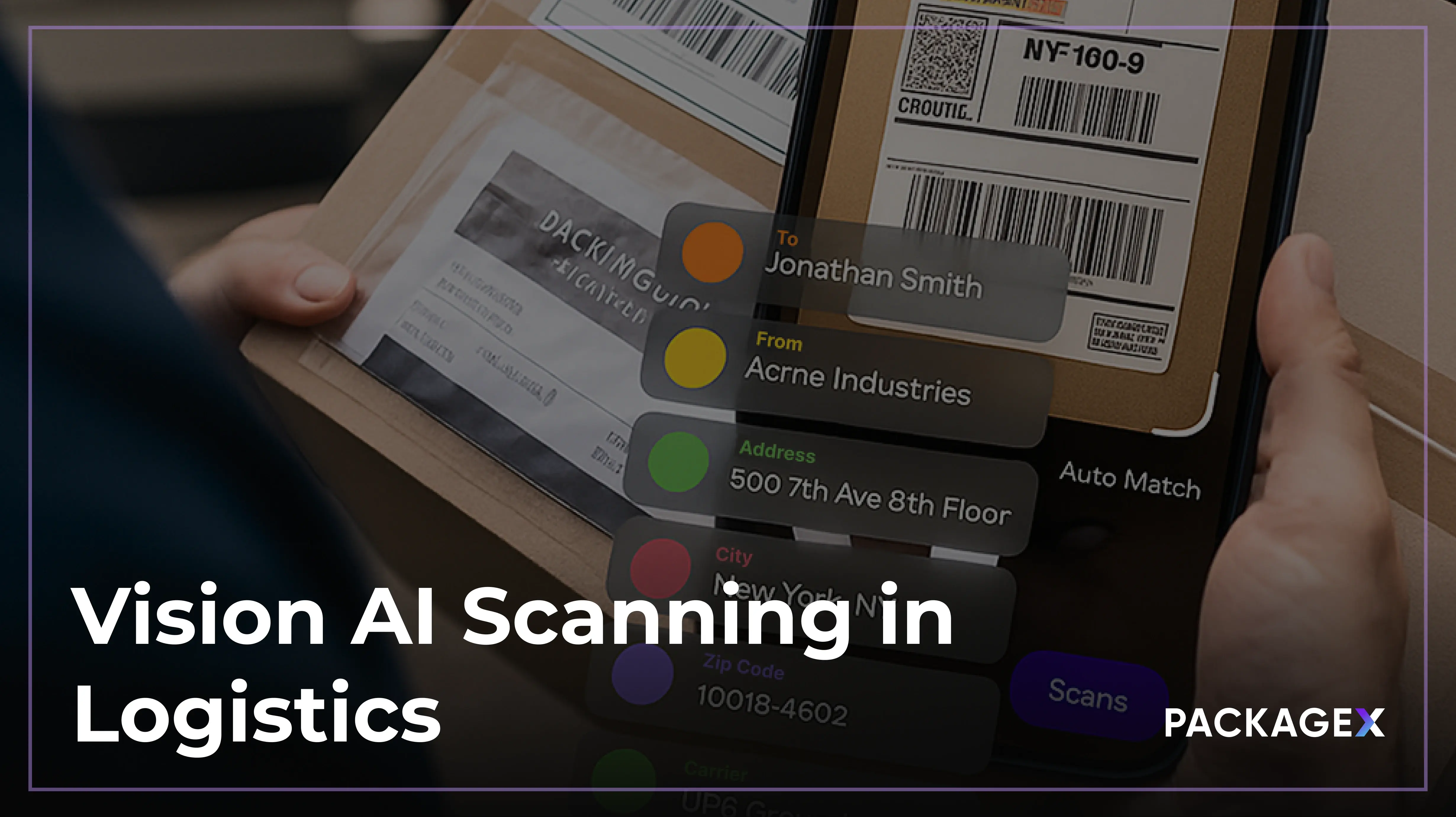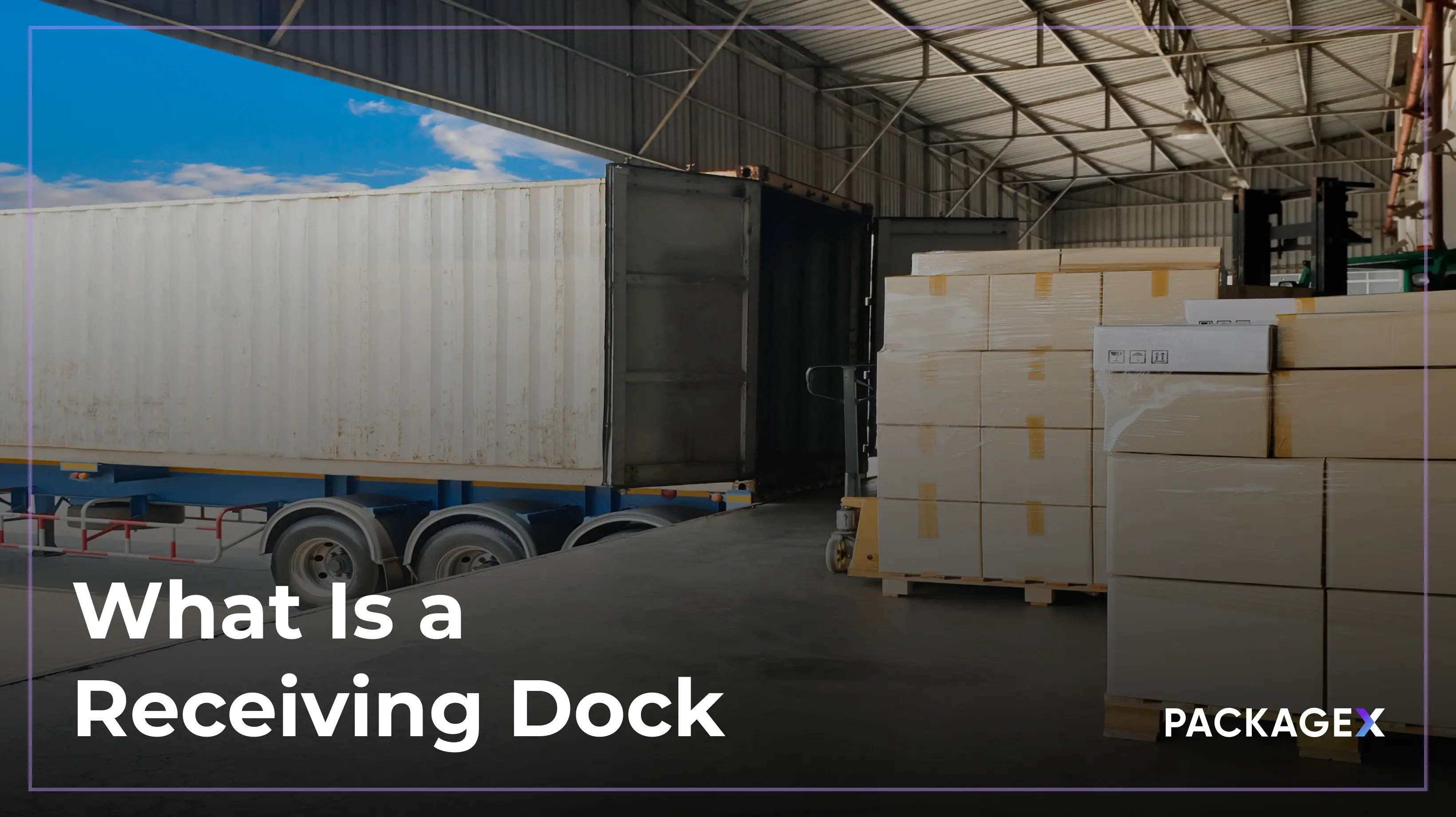Companies must pivot rapidly in the advancing e-commerce world to keep up with consumer expectations. What was once so black and white, like shopping in a physical store, has transformed into having the option of same-day or next-day delivery. In 2023, Americans spent a staggering $7.2 trillion on e-commerce, with almost half that figure flowing through a single company, Amazon.
The times have changed, and consumers are expecting a lot more from organizations. Outdated logistics can no longer meet modern demands. This article will cover the growing pressure on businesses to innovate their fulfillment logistics and remain competitive.
The Evolution of Consumer Expectations
The Speed of Innovation: From Days to Hours
Delivery services have been evolving to meet consumers' expanding demands for years. An essential milestone for e-commerce organizations was in 2005 when Amazon announced Amazon Prime, which offered free two-day shipping on eligible purchases for an annual fee. Just when you thought it couldn't be more convenient, in 2007, Amazon launched an unlimited next-day delivery membership. Then, in 2014, Amazon introduced Prime Now, which promised delivery within one or two hours for essential items.
This Amazon delivery evolution above is a perfect example of how an organization was able to expand its offerings quickly to continue meeting expectations and improving the customer experience. Traditional retailers are pressured to stay competitive and keep up with this trillion-dollar company.
The Pressure on Traditional Retailers and Logistics Providers
Amazon's rapid growth has pressured traditional retailers and logistics providers to keep pace with rising consumer expectations. Once content with waiting several days for delivery, today's consumers demand quick and seamless fulfillment—expectations Amazon has normalized. This shift has created operational challenges for businesses relying on outdated fulfillment systems.
Consumers now expect fast, often free, shipping options. Many customers will abandon a purchase if the delivery time is too long or the shipping cost is too high. Real-time order tracking, a feature pioneered by Amazon, has also become a standard expectation. Shoppers want transparency in the delivery process, from order confirmation to the exact location of their package.
However, traditional retailers and logistics providers face significant hurdles in keeping up. Legacy systems and fragmented supply chains can make it challenging to meet these demands efficiently. Retailers must invest in modern technology, such as automation, AI, and real-time data analytics, to streamline their fulfillment processes. Without these innovations, many businesses struggle to compete with Amazon's relentless pace of innovation.
From Pricing to Speed: What Customers Care About Today
Historically, consumers have been highly price-sensitive, but the rise of Amazon has shifted priorities. While pricing remains important, speed and convenience have become the deciding factors for many online shoppers. In a survey conducted by Forbes, 70% of customers would pay more if they knew they would receive a convenient experience. Amazon's Prime service set a new standard, showing consumers that fast, reliable delivery is not a luxury but an expectation. As a result, many shoppers are now more likely to choose a retailer based on delivery time rather than the lowest price.
This shift has pressured retailers like Walmart and Target to adapt by expanding their fulfillment options. Walmart's “NextDay Delivery" and Target’s "Same Day Delivery with Shipt” directly compete with Amazon’s authority. Both retailers have also leveraged their brick-and-mortar locations to serve as mini-distribution centers, enabling faster local deliveries. These strategies highlight how retailers are moving away from competing solely on price and focusing instead on speed and convenience to win over today’s consumers.
Businesses that fail to prioritize convenience in their fulfillment strategies risk losing customers to competitors that deliver quickly and efficiently.
The Role of Technology in Meeting Expectations
Technology plays a crucial role in helping businesses meet the ever-growing expectations of today’s consumers. Artificial intelligence (AI), automation, and machine learning transform fulfillment processes, making them faster, more accurate, and scalable.
Artificial intelligence (AI)
AI-driven demand forecasting can predict shopping patterns, allowing businesses to optimize inventory and reduce the risk of stockouts or delays. From robotic warehouse management to automated picking and packing, automation speeds up operations and ensures orders are fulfilled efficiently.
Machine learning
Machine learning is also key in optimizing delivery routes, reducing transportation costs, and minimizing delays. By analyzing real-time data, machine learning algorithms can adapt to traffic patterns, weather conditions, and other variables to create the fastest delivery routes. This helps businesses streamline supply chain logistics, reduce delivery times, and improve customer satisfaction.
Real-time data analytics
Real-time data analytics is another vital tool for meeting customer demands. Consumers today expect real-time updates about their orders, from confirmation to tracking every step of the delivery process. Businesses leveraging data analytics can offer this level of transparency, providing customers with a seamless, reliable experience. Those investing in these technologies improve operational efficiency and strengthen customer loyalty by meeting the demands for speed and accuracy.
What Businesses Can Do to Stay Competitive
Innovate or Fall Behind
To remain competitive in this fast-paced e-commerce landscape, businesses must innovate their logistics and fulfillment strategies. One of the most effective steps is upgrading logistics infrastructure to incorporate modern technologies like automation and AI. By investing in intelligent warehousing and automated fulfillment centers, businesses can increase speed and accuracy in order processing, reducing operational costs and delivery times.
Partnering with third-party logistics providers (3PLs) and delivery services can also offer significant value. These partnerships allow businesses to scale quickly and access a more extensive distribution network without the upfront cost of building their infrastructure. Many 3PLs specialize in expedited shipping and same-day delivery, enabling smaller retailers to compete with giants like Amazon regarding speed.
Finally, investing in customer experience is essential to staying competitive. Personalization is key—offering tailored recommendations and providing multiple delivery options, such as same-day or next-day delivery, enhances the customer journey. Real-time tracking is no longer a luxury but an expectation, so businesses should ensure their systems provide accurate and timely updates on order status. Focusing on these aspects ensures businesses can meet and exceed customer expectations, keeping them ahead in a competitive market.
{{returns-webinar}}
Conclusion
The rise of consumer expectations, primarily driven by Amazon's relentless innovation, has forever changed the e-commerce landscape. Customers now demand competitive pricing and fast, reliable, and seamless delivery experiences. As Amazon continues to push the boundaries of fulfillment, traditional retailers and logistics providers face mounting pressure to keep up or risk losing market share.
However, businesses can thrive in this new environment by embracing technology and rethinking their fulfillment strategies. By investing in AI, automation, machine learning, and real-time data analytics, companies can streamline operations and meet the demand for faster, more transparent delivery processes. Partnerships with third-party logistics providers and a focus on enhancing customer experience are also critical to staying competitive in the age of the Amazon Effect.
Ultimately, the choice is clear: businesses must innovate and adapt to the new standards or fall behind. Those who rise to the challenge will survive and thrive in a world where consumer expectations are higher than ever.




